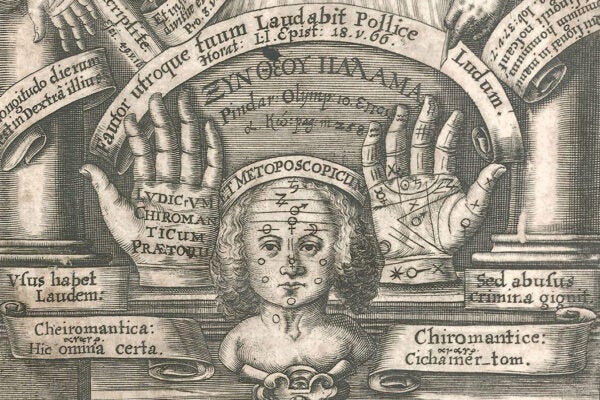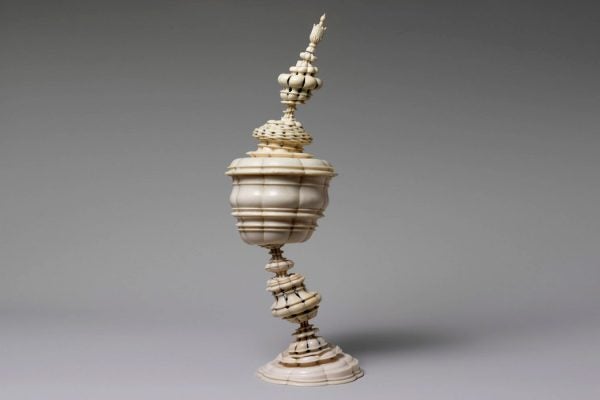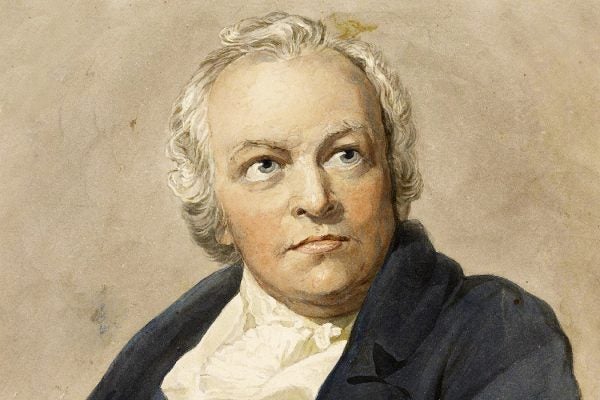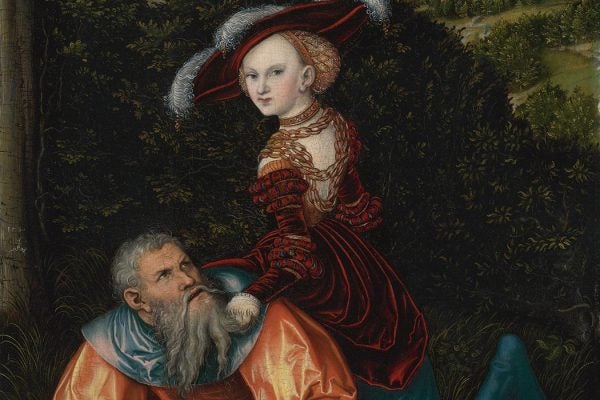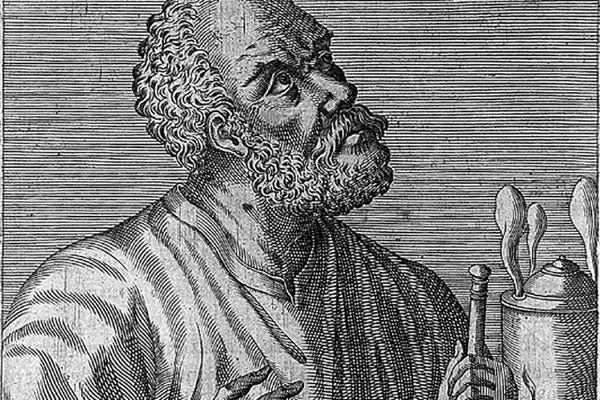Tavolette: Paintings to Comfort the Condemned
Charged with saving the immortal souls of the condemned, comforters held tavolette showing the Crucifixion in front of the eyes of those facing execution.
In the Palm of Your Hand
Palm reading, also known as palmistry or chiromancy, has fascinated us as a practice and a party trick for centuries.
The Wild West of Papal Conclaves
In the sixteenth and seventeenth century, the death of a pope led to all sorts of chaos, from the destruction of art to armed violence in the streets.
How Renaissance Art Found Its Way to American Museums
We take for granted the Titians and Botticellis that hang in galleries across the United States, little aware of the appetites and inclinations of those who acquired them.
When All the English Had Tails
Where did the myth that English men (and probably women) were hiding tails beneath their clothing come from? And what was that about eggs?
These Bizarre Ivory Cups Were Carved by Princes
The royal houses of Europe felt that it would be good for their sons to learn a manual trade. Artisans taught nobles to carve ivory on a lathe.
The Souls of Magnets
Lodestones are dull, lumpy, and slate-gray, but their “magnetic intelligence” made them fabulously expensive.
William Blake, Radical Abolitionist
Blake’s works offer an alternative to the failures of the Enlightenment, which couldn’t muster a consistent argument for abolition.
That Time a Woman Rode Aristotle Around Like a Horse
In the Middle Ages, the legend of Aristotle and Phyllis exemplified the “Power of Women” trope.
How to Create a Human Being
The Book of Stones, a central alchemical text, contained formulae with the power to create living tissue from ordinary matter, supposedly.

